This year, I had the privilege of celebrating Sukkot with the long-term care residents at Baycrest Hospital. Together, we created prints inspired by the four species used to bless the Sukkah: lulav (palm branch), hadas (myrtle), arava (willow), and etrog (citron). This hands-on activity brought the essence of the holiday to life and fostered a sense of joy and connection among the residents. The experience was a meaningful blend of art, tradition, and community, reflecting the spirit of Sukkot in a deeply personal way.
Art-making plays a crucial role in supporting seniors with declining cognitive health, offering more than just a creative outlet—it’s a lifeline for expression, connection, and mental well-being. Engaging in art stimulates the brain, fostering neural connections that can help maintain cognitive functions like memory, focus, and problem-solving. The process of creating art allows seniors to explore and communicate emotions that may be difficult to express verbally, which can be especially meaningful for those with dementia or other cognitive challenges. Art also provides a sense of purpose and accomplishment, helping to boost self-esteem and reduce feelings of isolation. Additionally, participating in art activities within a group setting can foster social connections, encouraging a sense of community and reducing feelings of loneliness. Ultimately, making art enriches the lives of seniors, enabling them to reconnect with themselves and their surroundings, even as cognitive health declines.
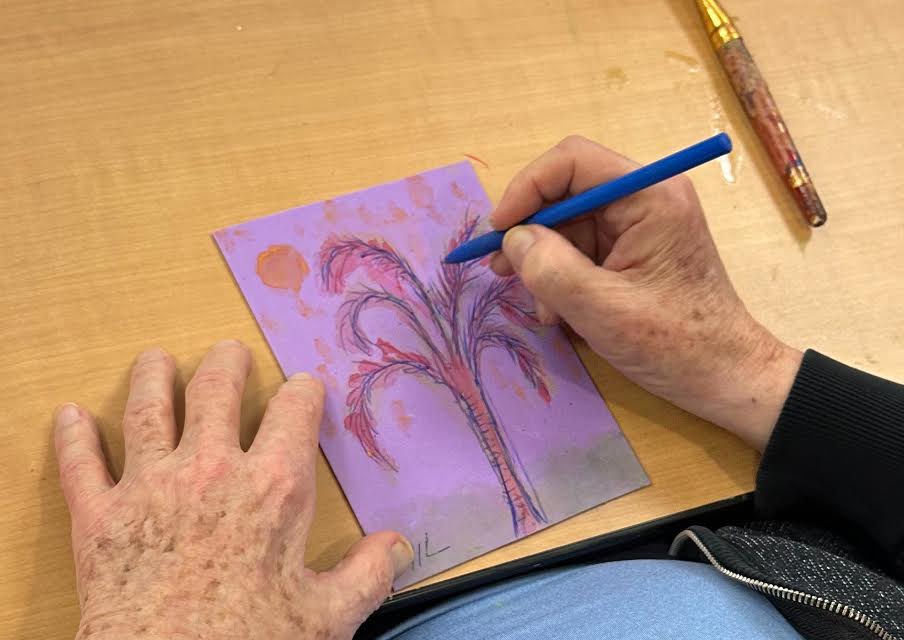


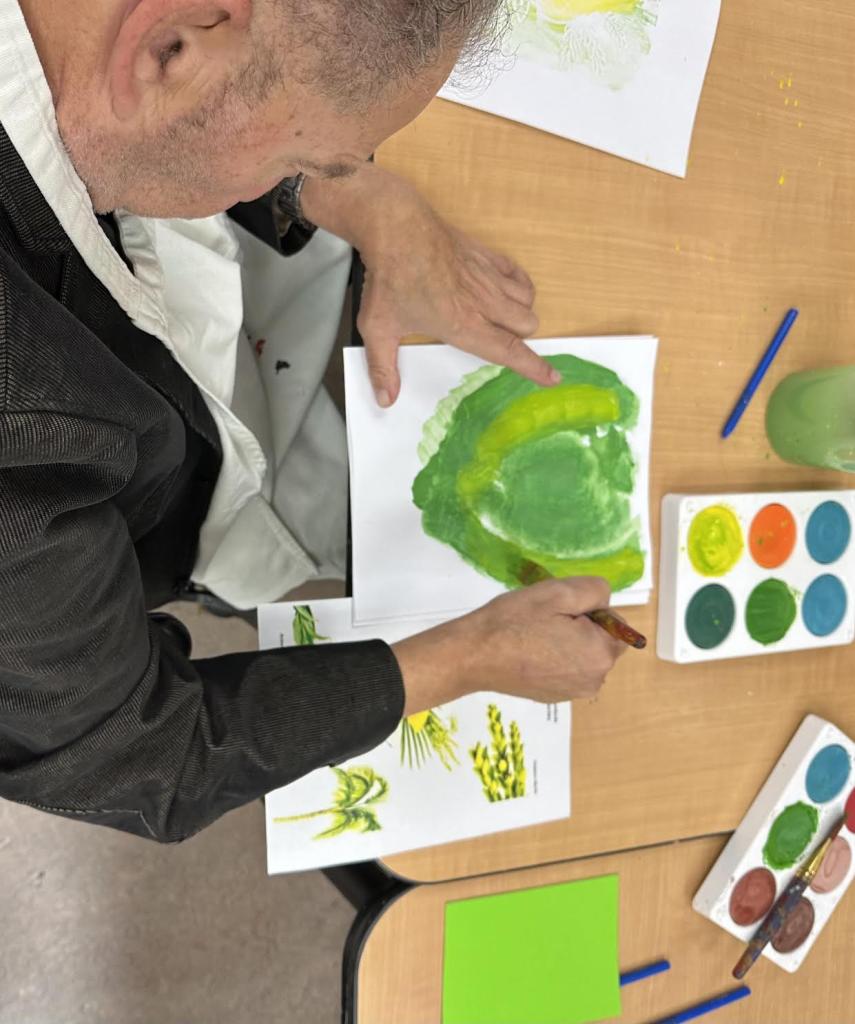
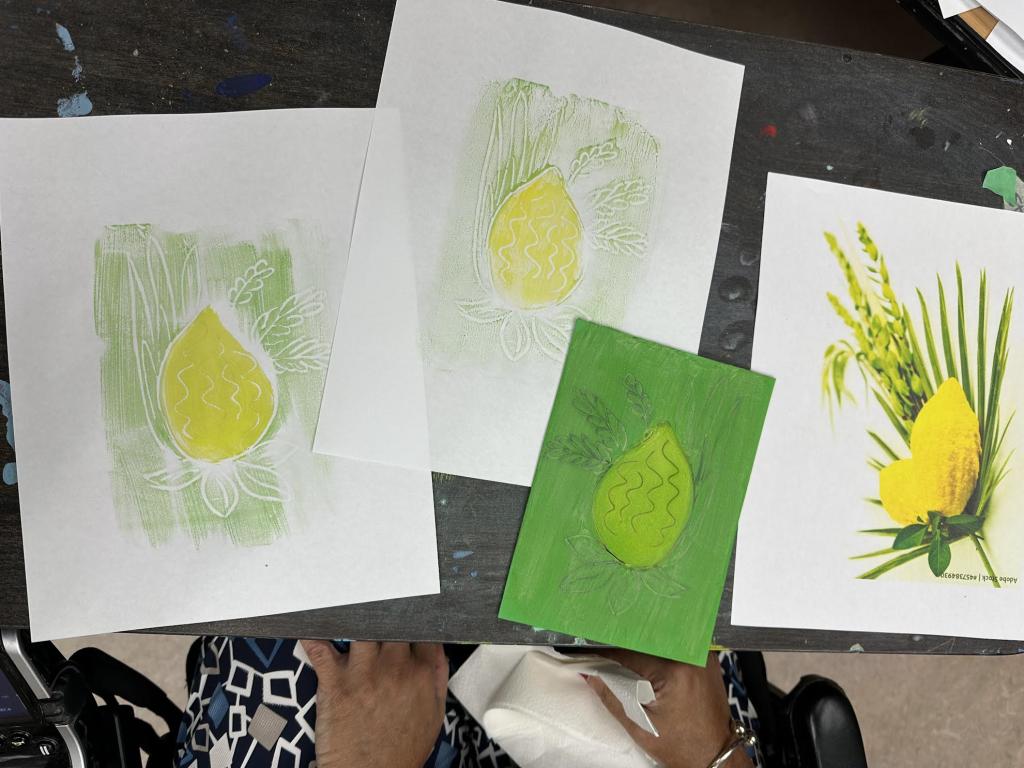
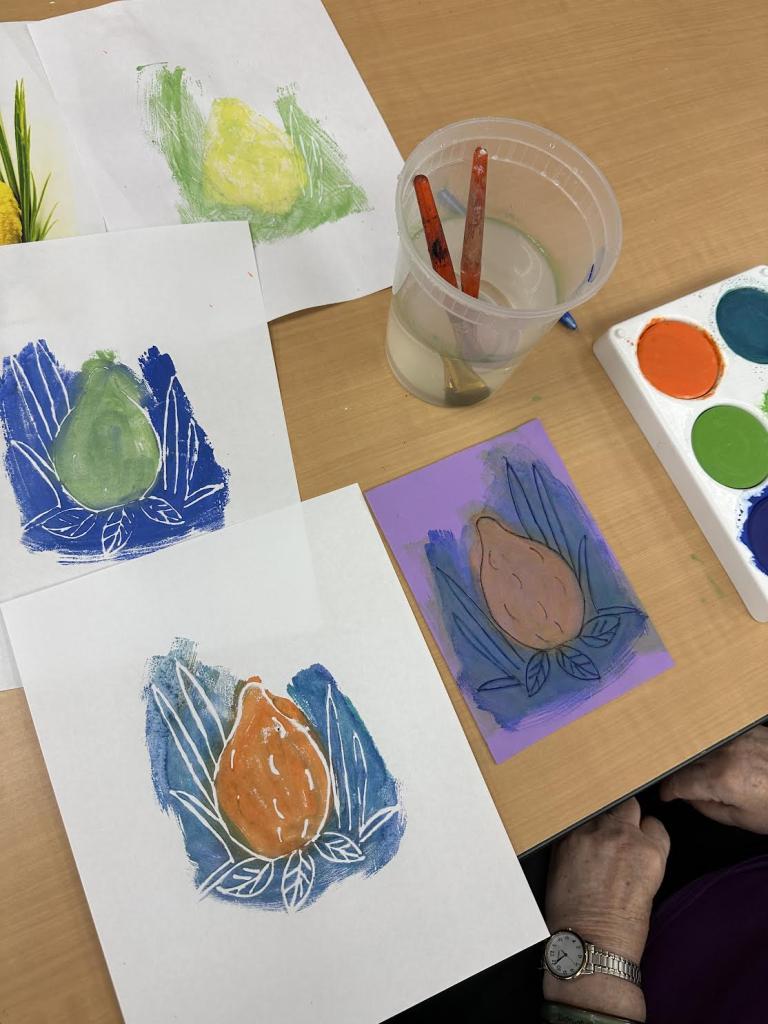
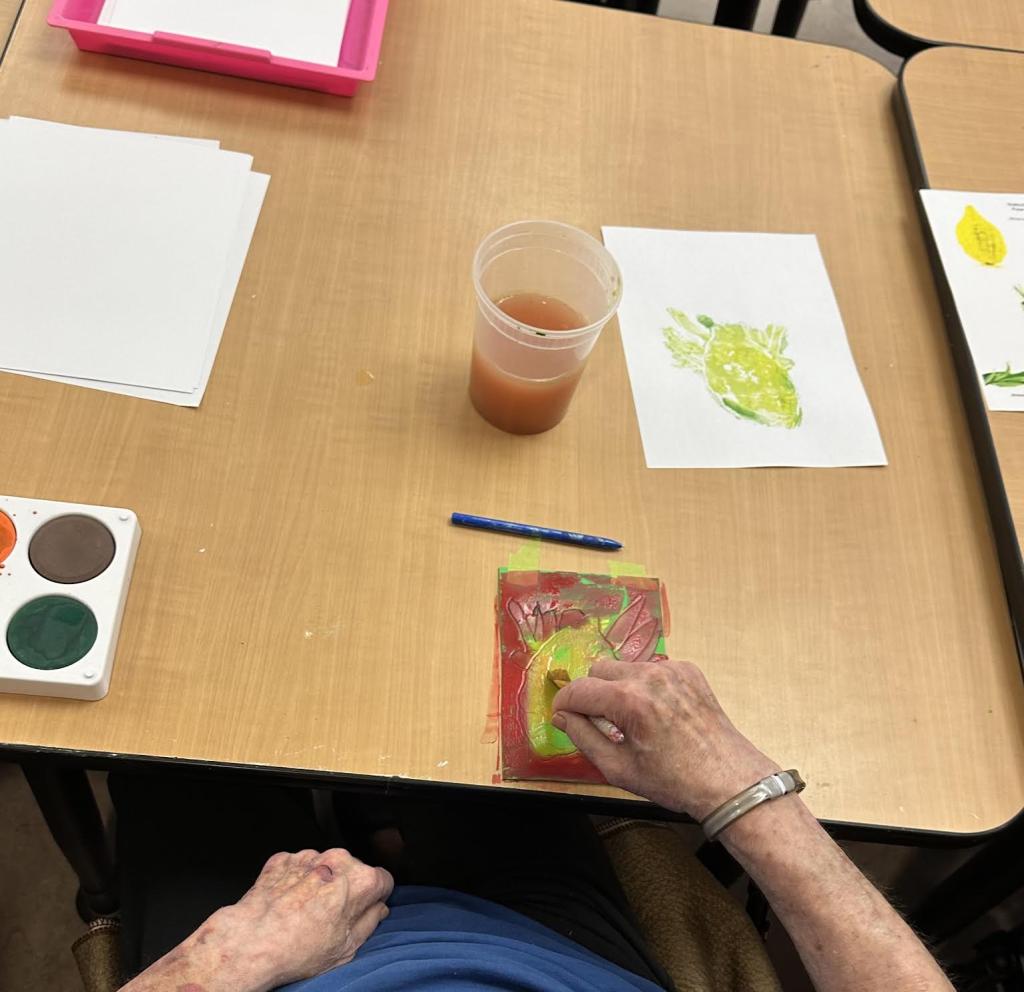

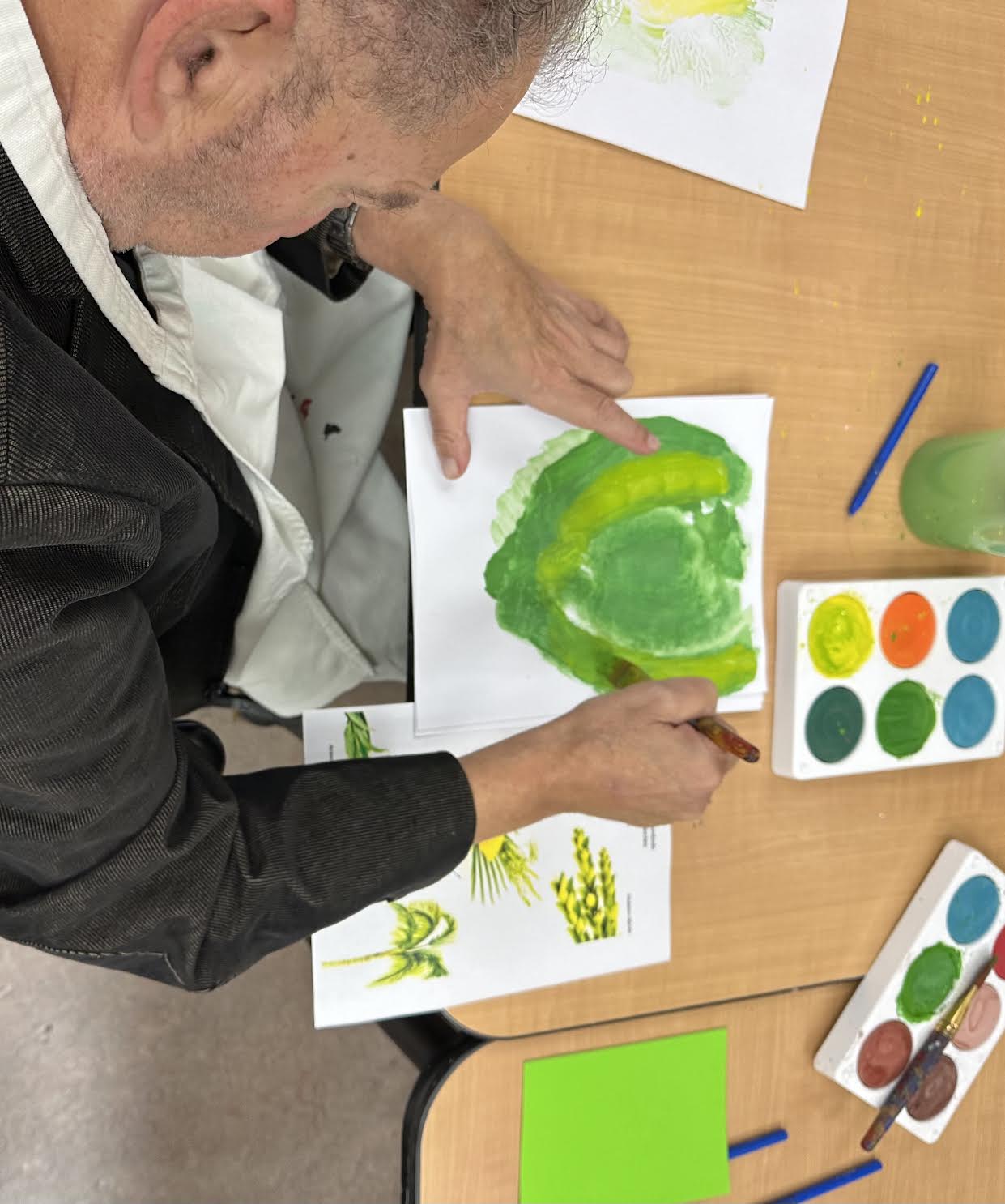
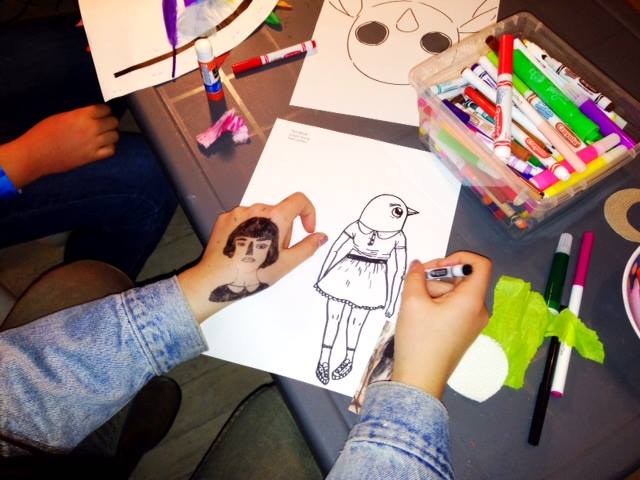
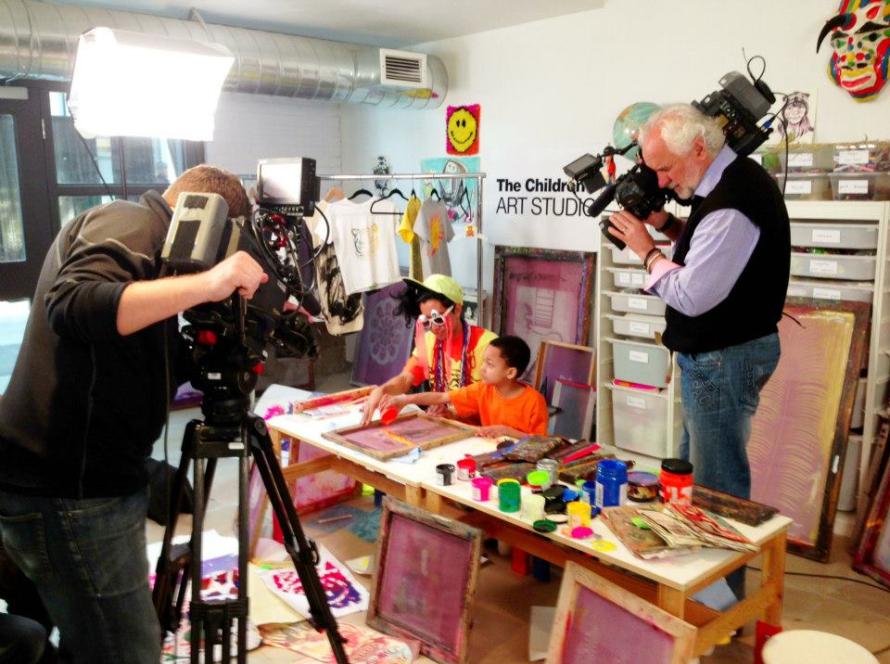
1 Comment
Andrew Dickson
The wonderful power of art. Great blog post!